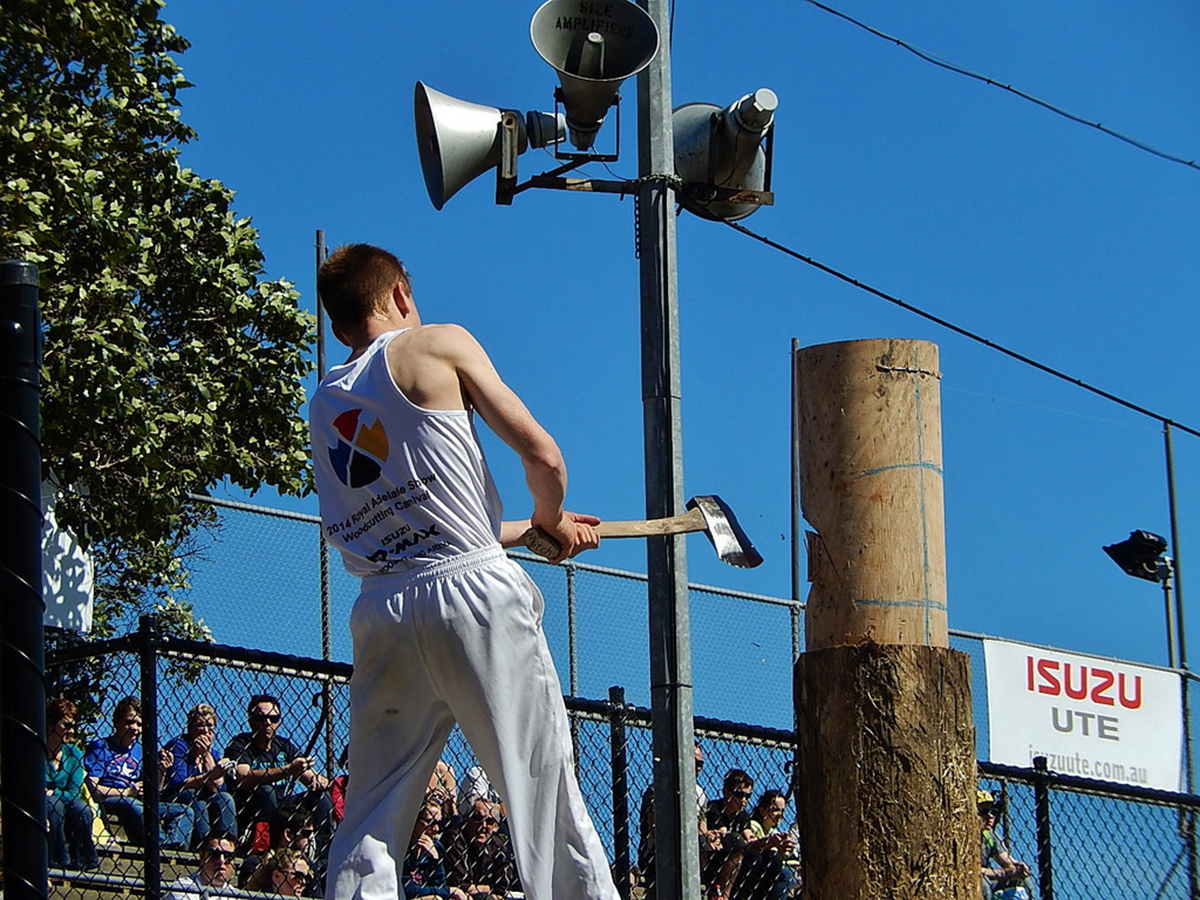Table of Contents
If there’s one phrase that exemplifies everything that most of us do in the gym, it’s “straight.” I've written about this before on SteadyHealth, and it's not just because it's a hobbyhorse of mine. We need that straight line strength: building power and strength is easiest done in straight lines and they’re hands-down the most important athletic qualities for most people.
But if we neglect rotation, we’re setting ourselves up for injuries down the line, reducing the amount of muscle we can build, weakening crucial athletic movements and basically leaving a lot on the table.

Why Train For Rotation?
Basically because rotation is such an essential movement pattern. Even a simple, stable movement like sawing a plank of wood on sawhorses involves rotation. Throw a ball or a punch, hit a puck or a golf ball, sweep an opponent with deashi harai or even just turn around in an office chair and rotation is what you’re doing. Yet many of us never train for it. How crazy is that? It’s like doing literally no overhead work (don’t get me started) or never training sprints. When you look at the crossover to real world activities it doesn't make sense.
How Should You Train For Rotation?
Start by developing the freedom of movement to do rotation work. If you couldn’t lift your hands overhead would you go straight to loaded military presses? Of course not; you’d work on mobility first. That’s what we’re going to do.
Finally go to functional rotation. That means rotation exercises chosen not for their crossover to improved rotation but for their effect on the rotational aspect of athletic performance.
First, Though: What Is Rotation?
When your body rotates, your spinal bones move over each other as your body deforms, changing shape to accommodate that twisting movement.
That movement has to be powered by something, and we’d expect to find muscles in place to perform such an important movement — and we’d be right. When you rotate, the main movers are the internal and external obliques, but the glutes and the big fasciae of your low back, as well as your quadratus lomborae and your erectors spinae are all involved.
READ Build a Home Gym for Almost No Money at All with Russian Kettlebells
In fact, a huge amount of mass is involved. We normally find moves like deadlifts and pull-ups recruiting a lot of muscle massa, and that makes sense.They’re the moves we use when it's time to pick something off the floor, for instance. When a move uses a lot of muscle, that’s a good sign that we evolved to do it. Rotation is just such a class of movements.
- Photo courtesy of mikecogh via Flickr: www.flickr.com/photos/mikecogh/15381468211
- Photo courtesy of Viljan Träningsklubb via Flickr: www.flickr.com/photos/viljantraningsklubb/15717970415


Your thoughts on this